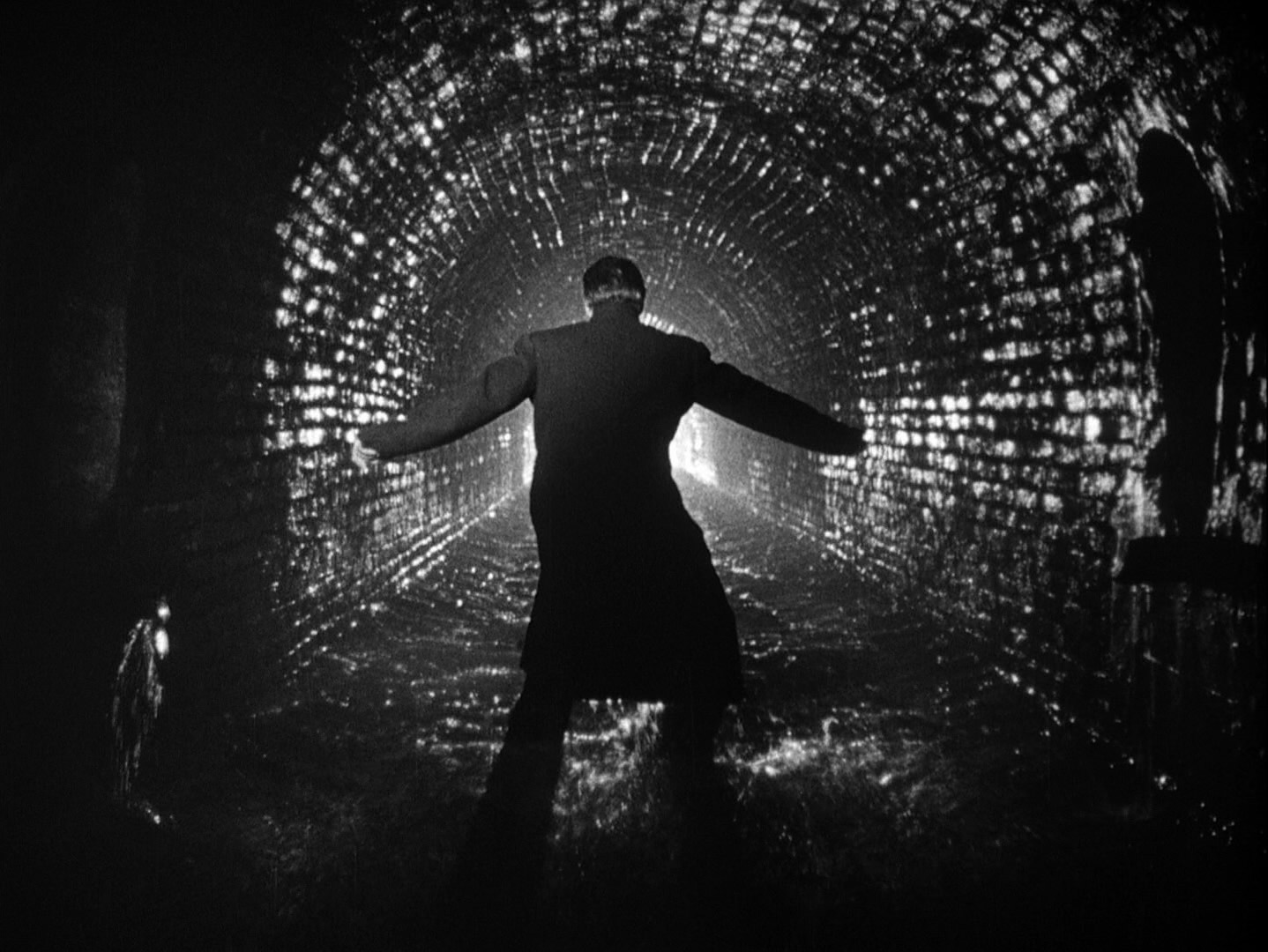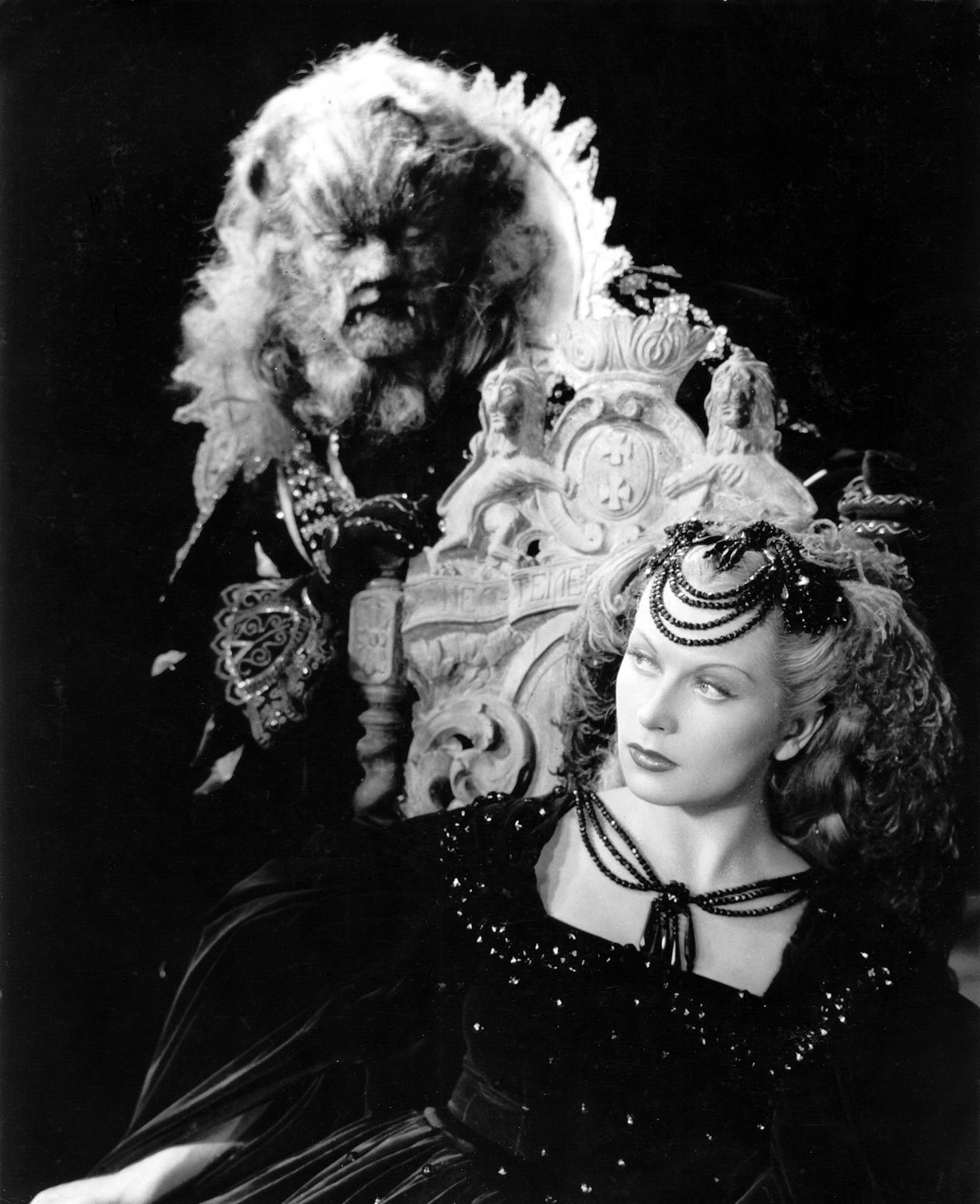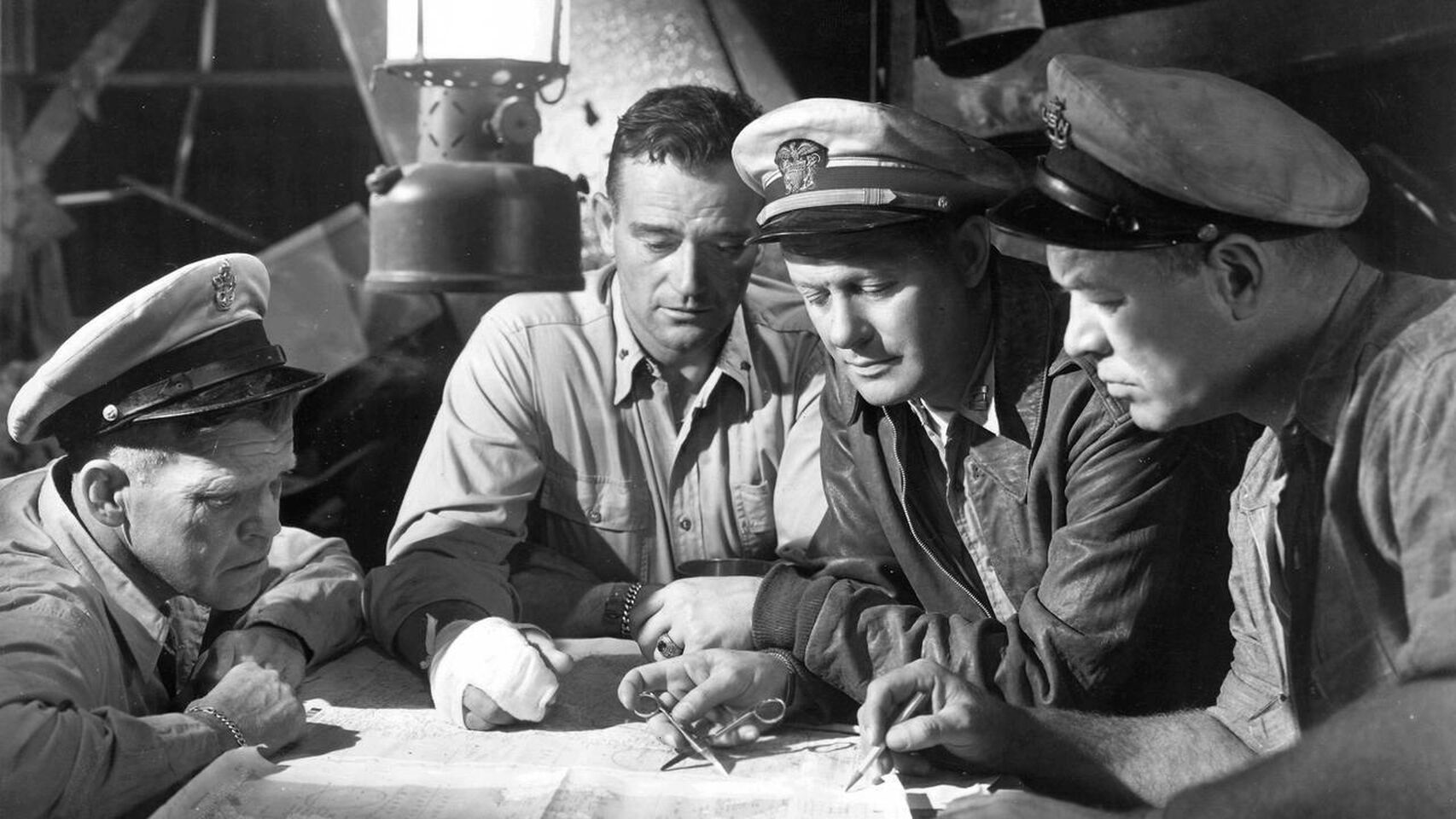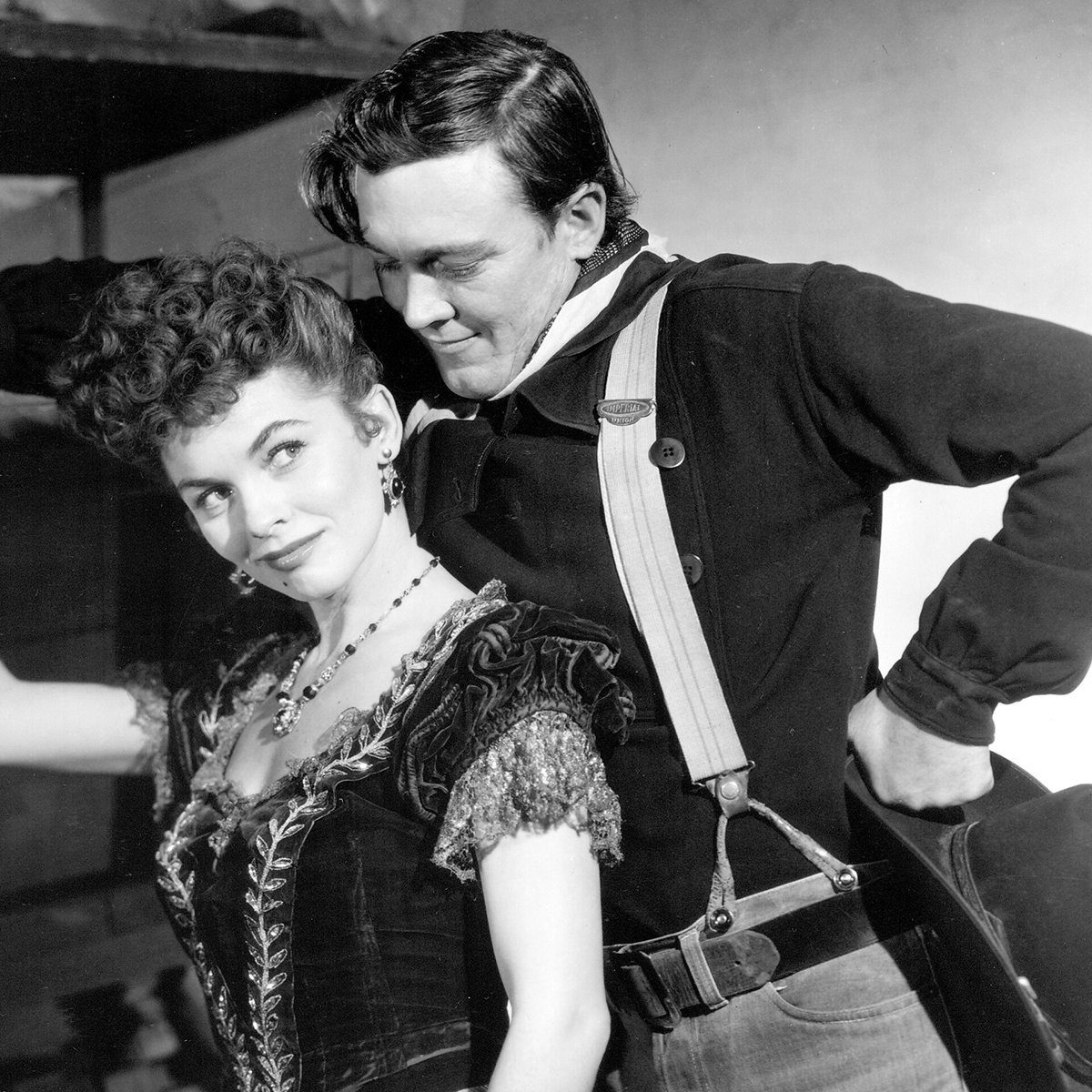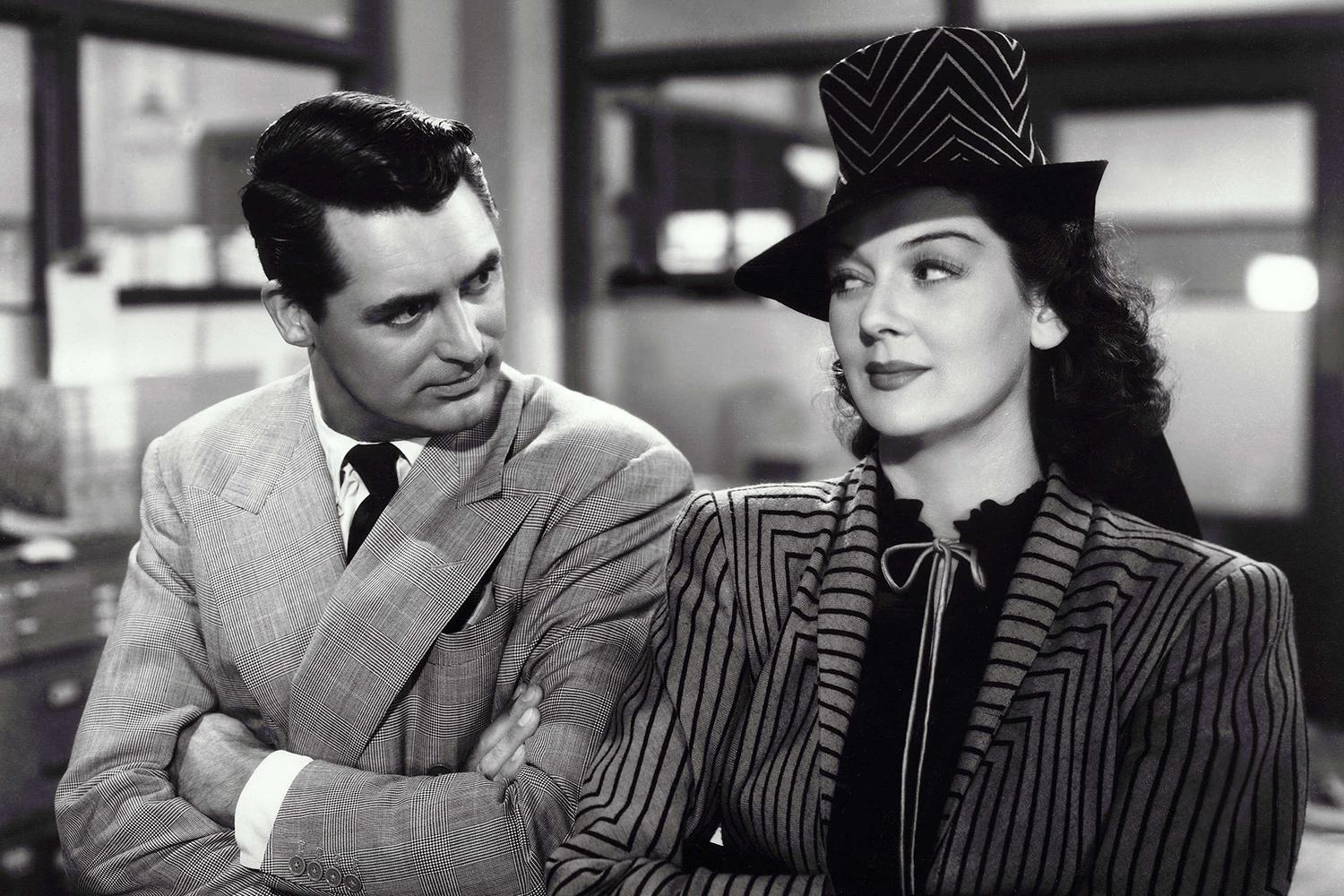Many people are surprised that James Cagney’s only Oscar was for his role in Yankee Doodle Dandy (1942). One reason is that the Academy doesn’t tend to reward performances in genre films, such as gangster, adventure, or science fiction films. It also doesn’t tend to reward performances in musicals, though Yankee Doodle Dandy was an exception.
If you think of Cagney’s roles in the gangster movies, it was his confidence that won you over. Only 5 feet 6 inches tall (short by Hollywood standards), Cagney could stare down anyone in the room. It’s just that kind of brash confidence that made him the perfect choice to portray George M. Cohan, who was just as cocky and full-of-himself in real life as Cagney was onscreen. Cagney also had the background needed to play the part. He started in Hollywood as a song-and-dance man, but was sidetracked into gangster movies when asked to switch parts at the last minute.
Cagney did get a chance to return to his song-and-dance roots with his role in Footlight Parade (1933). There, as in Yankee Doodle Dandy, he doesn’t come off as a polished singer or dancer. It’s his enthusiasm that wins you over. He becomes a terrific dancer almost be sheer will alone. If you’ve ever been told, “it’s not what you have; it’s what you do with it,” you’ll find all the proof you need in Cagney’s performance in Yankee Doodle Dandy
Of course, it takes more than a single strong performance to make a great film — particularly if that film happens to be a musical. Cohan’s deeply patriotic songs are real crowd pleasers, not just for their sentiment, but also because they’re the kind of songs that linger in the mind long after you first hear them. Though written for World War I era audiences, they were equally appropriate in 1942 when this movie was released — just months after Pearl Harbor. Even from our perspective, the songs and sentiment still ring true. Odds are you already know many of the songs from the film, which include “The Yankee Doodle Boy” (a.k.a. Yankee Doodle Dandy), “Give My Regards to Broadway,” “You’re a Grand Old Flag,” “Harrigan,” “Mary’s a Grand Old Name,” and “Over There.”
A heartfelt movie biography could easily fall on its face without a strong script. Credit here goes to Robert Buckner and Edmund Joseph, who adapted the screenplay from Buckner’s story. Director Michael Curtiz, whose Casablanca was released the same year, keeps the pace brisk with plenty of humor to take off the edge. Here are some snippets of dialogue:
Critic #1: I call it a hit. What’ll your review say?
Critic #2: I like it too, so I guess I’ll pan it.
George M. Cohan: My mother thanks you, my father thanks you, my sister thanks you, and I thank you.
Newspaperman: He’s the whole darned country squeezed into one pair of pants!
Sergeant on parade: What’s the matter, old timer? Don’t you remember this song?
George M. Cohan: Seems to me I do.
Sergeant on parade: Well, I don’t hear anything.
Michael Curtiz was perhaps Hollywood’s hardest working director in the 1930s and 1940s. He turned out an impressive 44 features for Warner Bros. from 1930 through 1939. Curtiz had an extraordinary range across a diverse group of genres. In addition to Yankee Doodle Dandy and Casablanca, he directed Black Fury (1935), Captain Blood (1935), The Charge of the Light Brigade (1936), The Adventures of Robin Hood (1938), Four Daughters (1938), Angels with Dirty Faces (1938), The Sea Hawk (1940), The Sea Wolf (1941), Mildred Pierce (1945), Life with Father (1947), and The Breaking Point (1950).
The new Blu-ray disc released on October 14 looks great — and it’s a big improvement over the previous DVD versions. The generous selection of extras is essentially the same as on the two-disc special edition DVD. Unfortunately, the extras are ported directly over in the same standard-definition video (480i). The exception is the 1943 Looney Tunes cartoon short Yankee Doodle Daffy. Like the movie, it has been upgraded to a very nice 1080p video. This Blu-ray is an excellent way to experience this top-notch musical drama.
Yankee Doodle Dandy
(1942; directed by Michael Curtiz)
Warner Archive Collection (Blu-ray)
Warner Home Video (DVD)
Thursday, July 4 at 5:30 p.m. eastern on Turner Classic Movies

